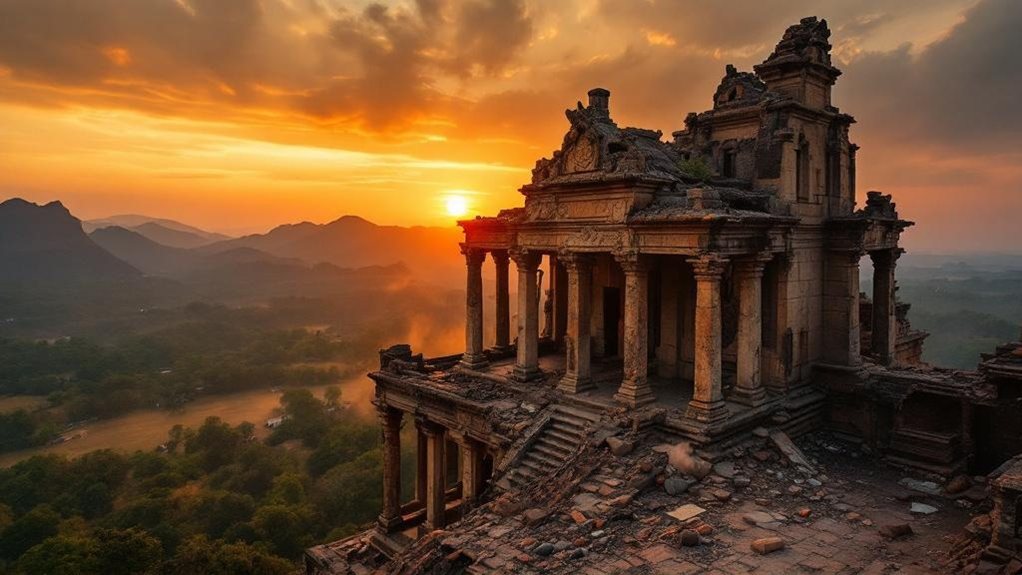Fierce clashes between Thailand and Cambodia have caused significant damage to the UNESCO World Heritage site of Preah Vihear. Escalations, including drone detections and military engagements, ramped up in early 2025, further igniting this long-standing border dispute. The conflict has not only scarred cultural heritage sites but also displaced over 100,000 civilians, complicating humanitarian aid efforts. With tensions deeply rooted in historical disputes and nationalist sentiments, the situation remains highly volatile, hinting at the complexity and urgency of resolution efforts.
Although the origins of the Thai-Cambodian border disputes trace back to the early 1900s with the Franco-Siamese treaties, recent escalations have brought renewed attention to the region. The ongoing contention, rooted in historical treaties from 1904 and 1907, has seen various attempts at resolution, particularly the 1997 Joint Boundary Commission and the 2000 memorandum for border negotiations. Despite these efforts, limited progress has been made in resolving the overlapping territorial claims, exacerbating tensions between the two nations.
However, the International Court of Justice‘s 1962 ruling, which awarded Preah Vihear temple to Cambodia but left surrounding lands contested, has continued to fuel tensions. A significant resurgence occurred in 2008 when Cambodia’s nomination of Preah Vihear as a UNESCO World Heritage Site triggered nationalist backlash in Thailand, leading to military confrontations near key temples.
In early 2025, minor clashes erupted along the border, escalating by May with artillery fire damaging civilian homes, prompting evacuations. The collapse of peace talks in June further exacerbated tensions, culminating in a major outbreak on July 24 when Cambodian drones were detected near Prasat Ta Muen Thom. Historical manipulation by governing elites has often been used in such disputes to rally nationalist sentiments and influence public opinion.
This escalation saw Thai F-16 jets bombing Cambodian positions and artillery exchanges across multiple locations, severely impacting civilian populations. Over 100,000 people were displaced as fighting intensified, with rockets threatening villages and causing widespread fear and disruption.
The strategic importance of the UNESCO temple sites, particularly Preah Vihear, remains a significant factor in these conflicts. The temple is not only a cultural and religious landmark but also provides a strategic military advantage due to its elevated position.
Both nations continue to claim sovereignty over adjacent lands, despite ICJ rulings, with hostilities frequently reigniting around these symbolic sites. Military clashes involved infantry skirmishes, rocket fire, and air strikes, causing devastation along the border.
The use of BM-21 rocket salvos and heavy artillery around Prasat Don Tuan and Ta Kwai Temple further threatened civilian safety, complicating humanitarian efforts as aid organizations faced limited access. The cultural heritage of temple structures has also been jeopardized, raising alarms about preservation amidst the conflict.
The ongoing violence underscores the deeply entrenched nationalist and territorial tensions between Thailand and Cambodia.









